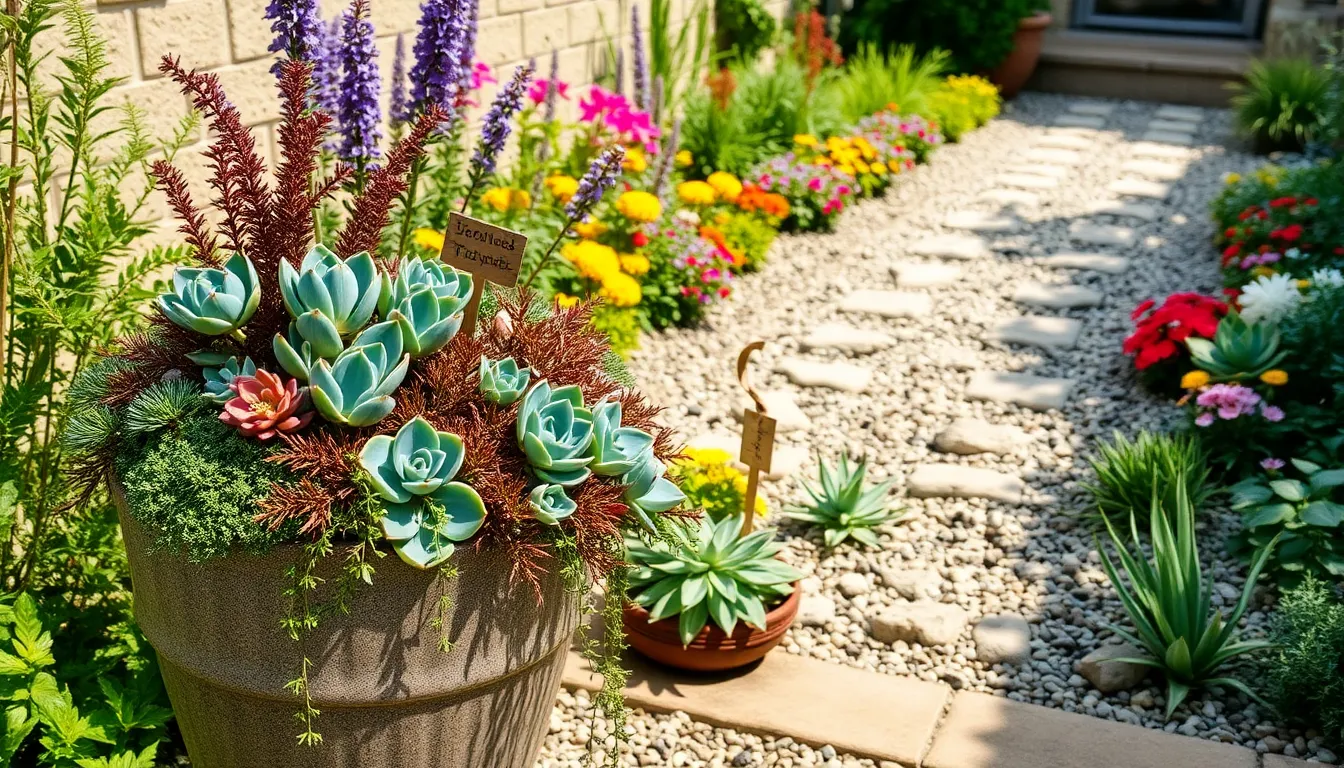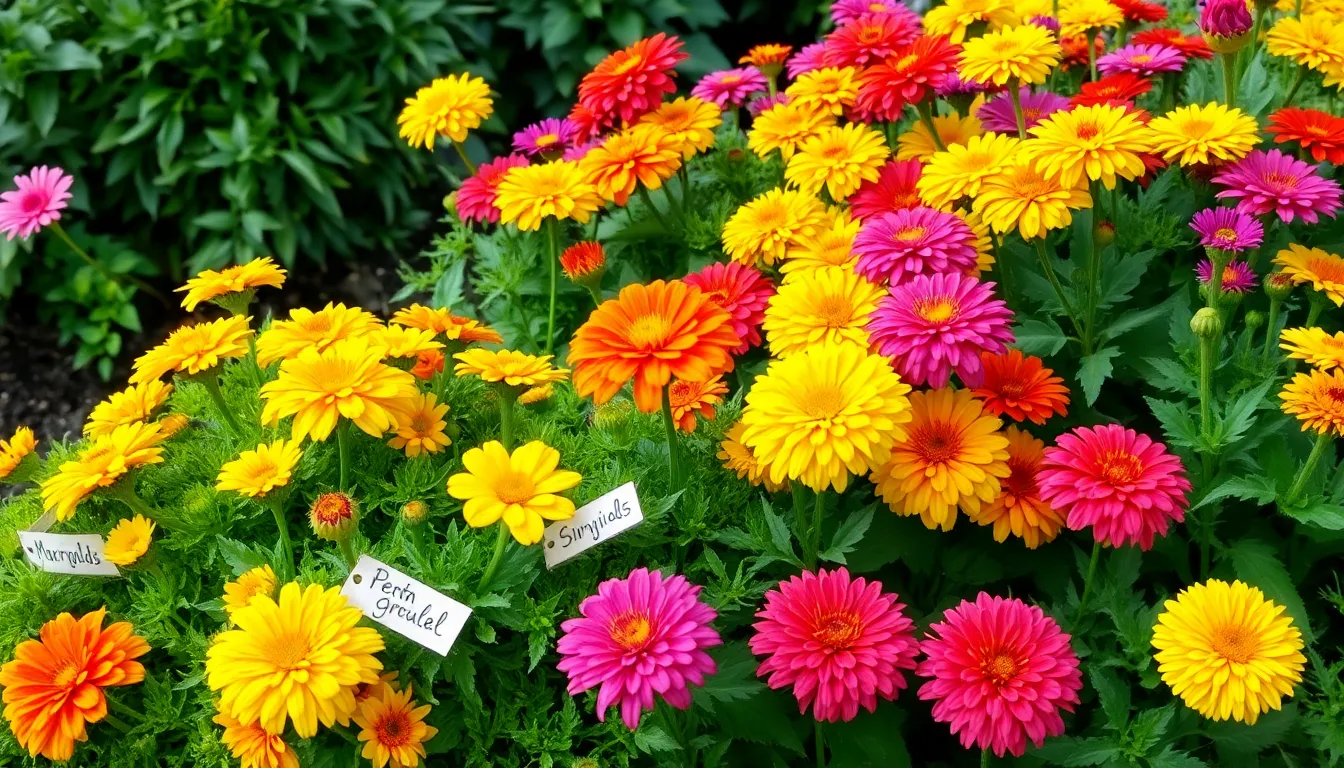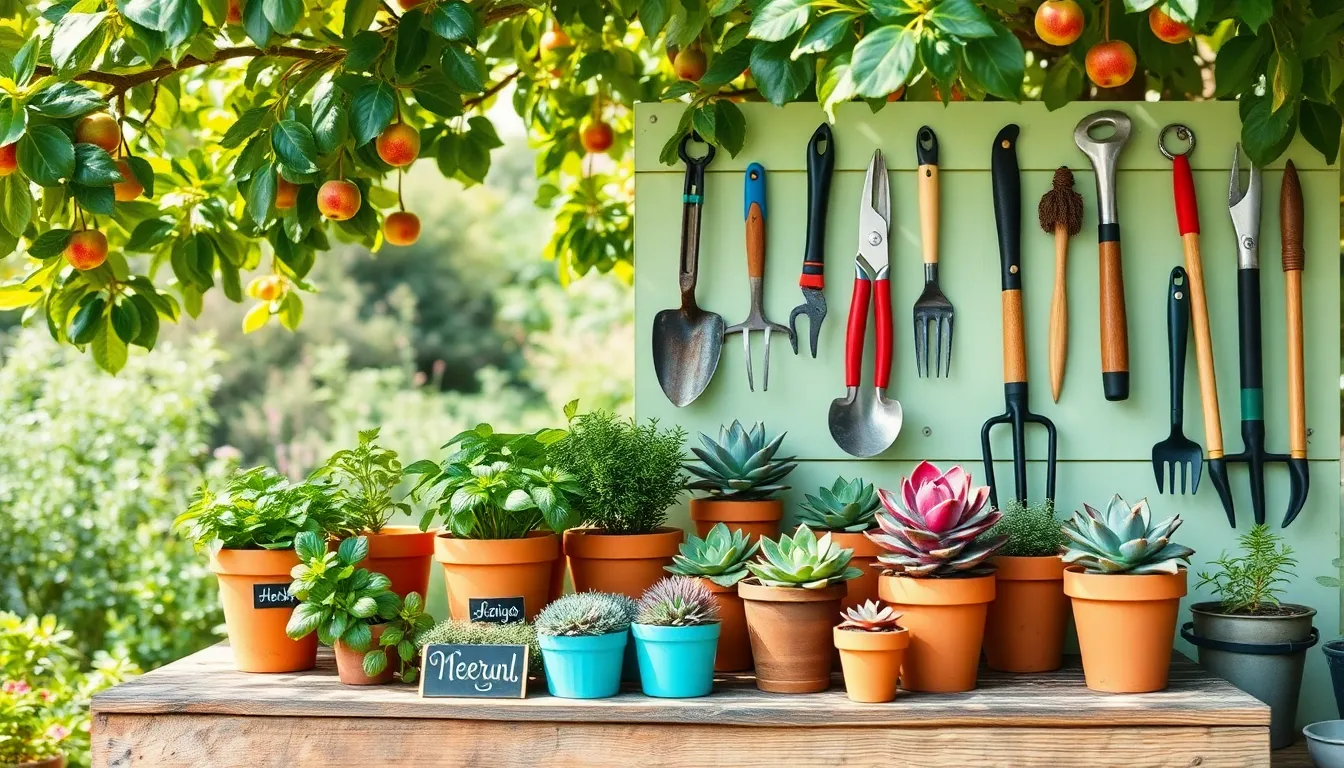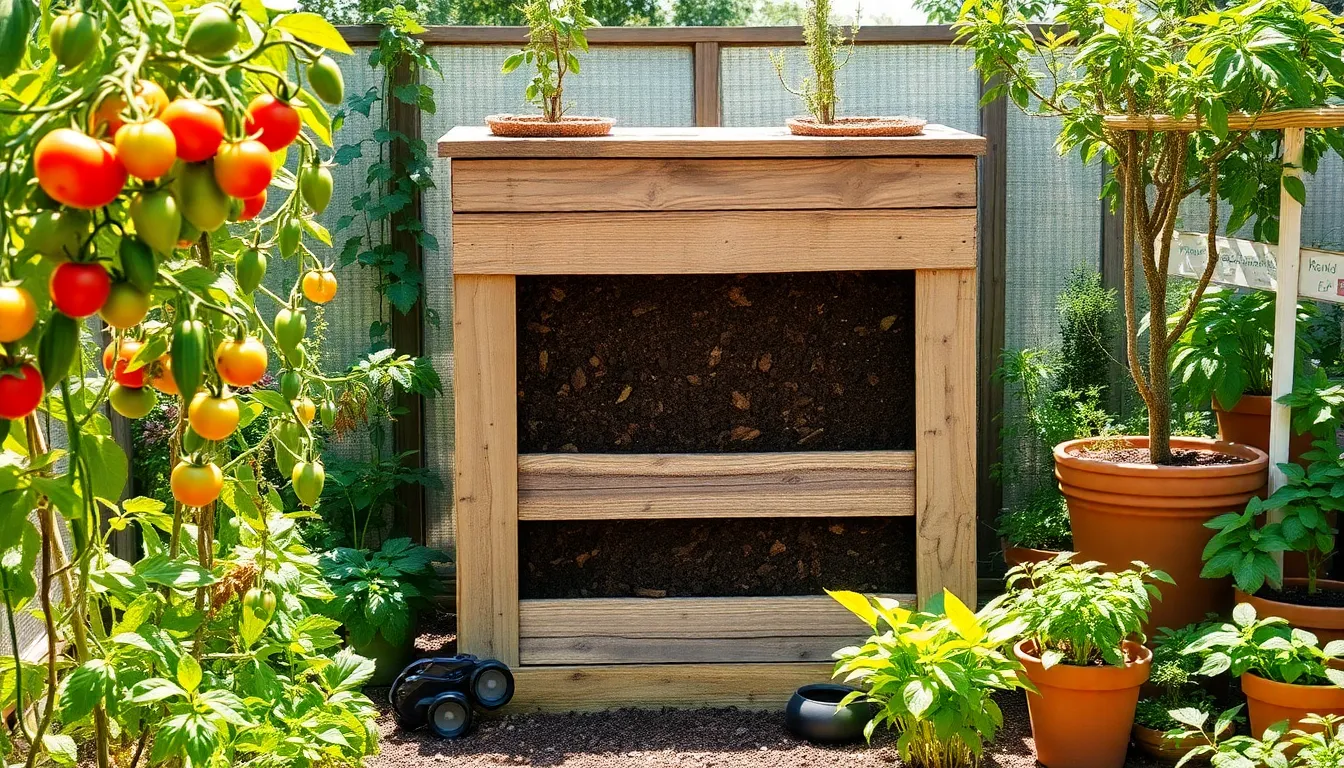In our fast-paced world, the allure of a low-maintenance garden beckons with the promise of tranquility without the constant tug of time and effort. Whether you’re just dipping your toes into the gardening world or you’ve already cultivated a thriving garden, the idea of a space that flourishes with minimal intervention is undeniably appealing. A low-maintenance garden doesn’t mean sacrificing beauty or variety; rather, it celebrates smart choices and sustainable practices that make gardening an enjoyable, stress-free endeavor.
Creating such a garden is not only about choosing the right plants but also about adopting techniques that cater to your lifestyle and local environment. In this article, you’ll discover the art of plant selection, soil preparation, and watering strategies that will save you time and energy. We’ll guide you through designing a garden that thrives on its own resilience, offering a rich tapestry of colors and textures throughout the seasons.
For those new to gardening, this journey will provide a solid foundation, building confidence with every step. Experienced gardeners will find fresh insights into harmonizing beauty with ease, enhancing what they already know. By the end of this guide, you’ll be equipped with the knowledge to transform your garden into a sanctuary that rewards you with both peace and pride. So, let’s embark on this journey together, creating a garden that truly works for you.
Select Drought-Tolerant Plants
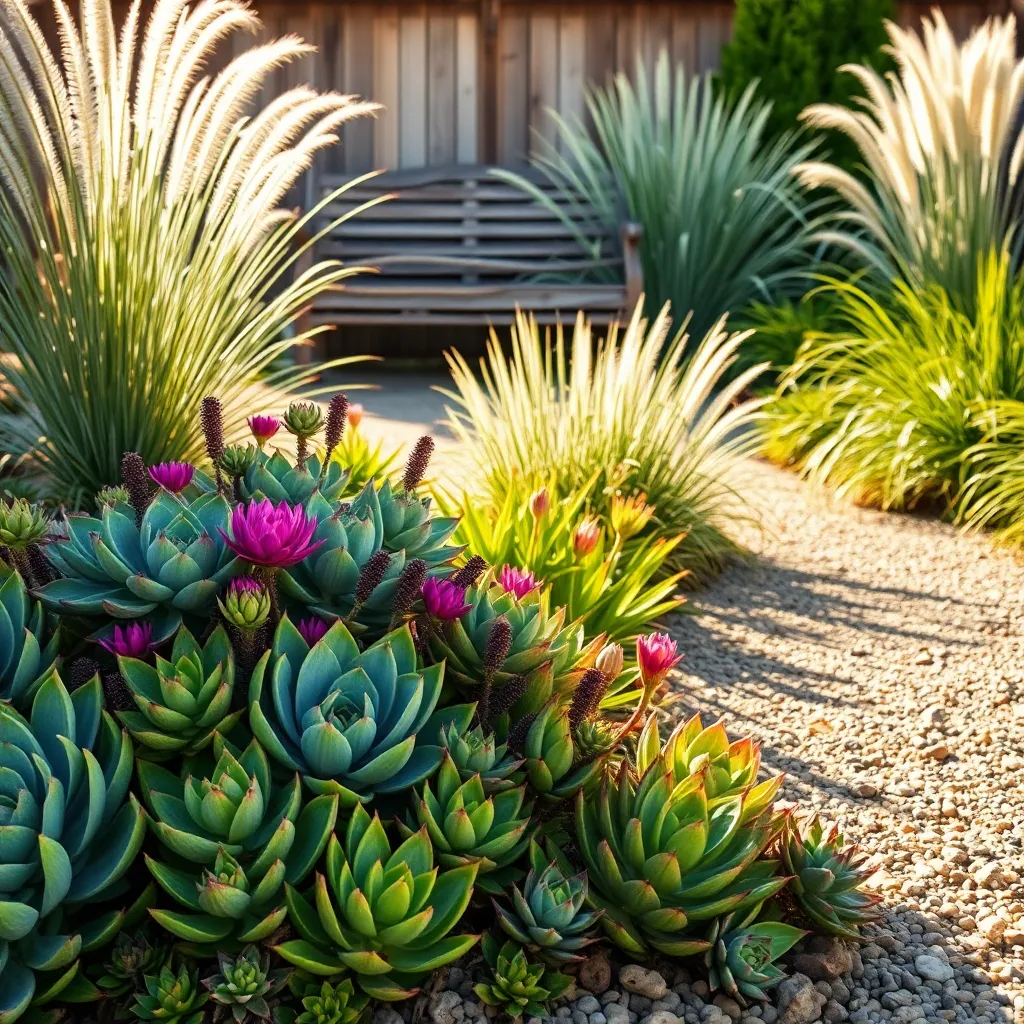
Drought-tolerant plants are an excellent choice for a low-maintenance garden, as they require minimal watering once established. Consider varieties like lavender, succulents, and coneflowers, which thrive in dry conditions and add vibrant colors to your garden.
When selecting drought-tolerant plants, it’s important to match them with the right soil type. Aim for well-draining soil, which can be achieved by amending clay soils with sand or compost to improve drainage and prevent root rot.
To ensure your plants thrive, water them deeply but infrequently, allowing the soil to dry out between waterings. This encourages roots to grow deeper, making them more resilient during dry spells.
For gardeners looking to enhance their drought-tolerant garden, consider grouping plants with similar water needs together. This efficient method reduces water waste and ensures every plant receives the right amount of moisture.
Design Efficient Irrigation Layout
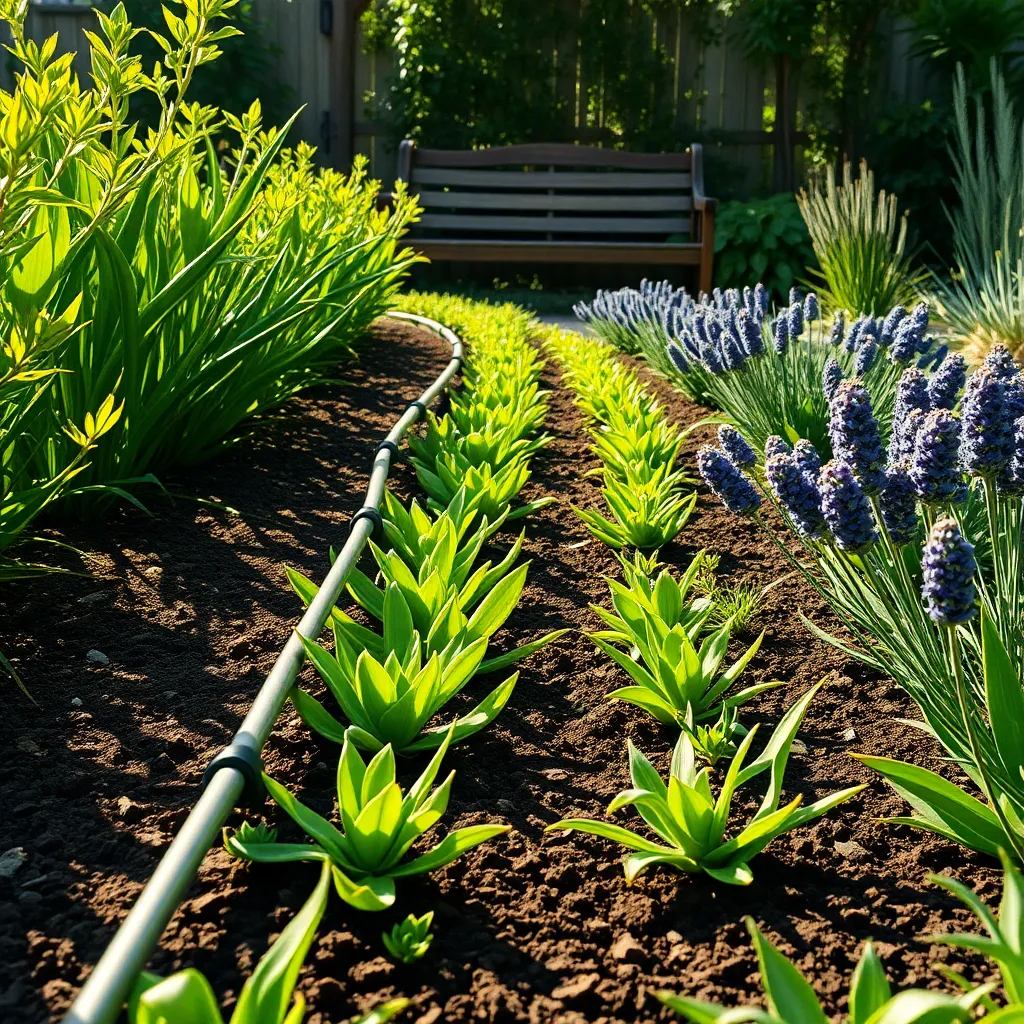
Designing an efficient irrigation layout in your low-maintenance garden is crucial to ensure that plants receive the right amount of water without wasting resources. Start by assessing your garden’s topography to determine natural water flow and areas that might require more attention.
Next, consider grouping plants with similar water needs together, which will simplify your watering schedule and conserve water. For example, place drought-tolerant plants in one area and those requiring more moisture in another, allowing you to tailor irrigation methods accordingly.
Implementing drip irrigation systems can be a game-changer for water efficiency. Drip irrigation delivers water directly to the plant roots, reducing evaporation and runoff, making it ideal for gardens seeking low-maintenance solutions.
For advanced gardeners, installing a smart irrigation controller can further optimize water usage. These devices adjust watering schedules based on local weather conditions, providing precise water delivery only when necessary, ensuring your garden remains healthy with minimal intervention.
Apply Mulch for Weed Control
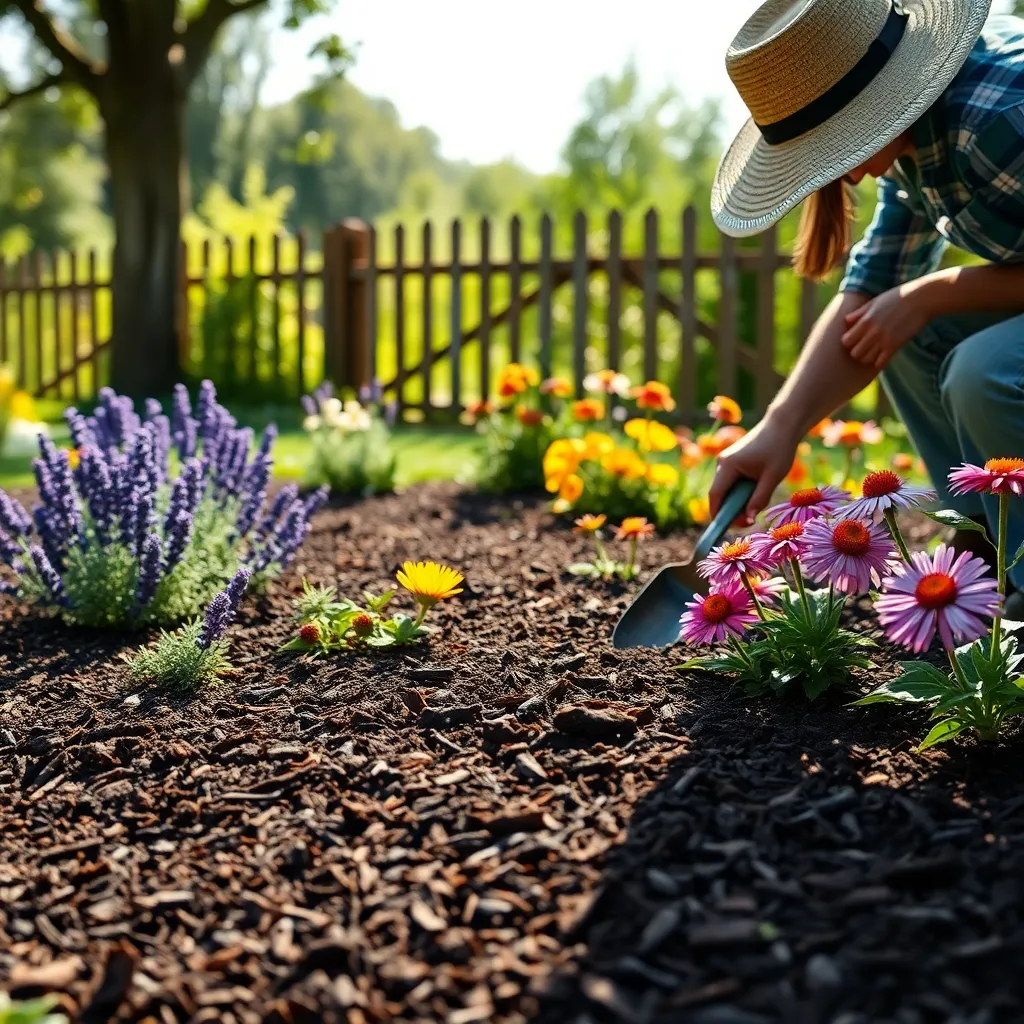
Mulching is an effective way to reduce weeds while maintaining soil moisture in your garden. By applying a layer of organic mulch, such as wood chips, straw, or shredded leaves, you create a barrier that minimizes sunlight exposure to weed seeds.
Before adding mulch, ensure the soil is adequately moist and free of existing weeds. This initial step prevents fast-growing weeds from taking hold underneath the mulch layer and competing with your plants.
Spread a mulch layer about 2 to 4 inches thick across your garden beds, being careful not to pile it directly against plant stems. This thickness is crucial for suppressing weeds effectively without suffocating your plants.
For those interested in more advanced techniques, consider using a combination of mulch types to maximize benefits. For example, a base layer of newspaper or cardboard can provide an additional weed barrier under organic mulch, enhancing its effectiveness.
Incorporate Native Flora Choices
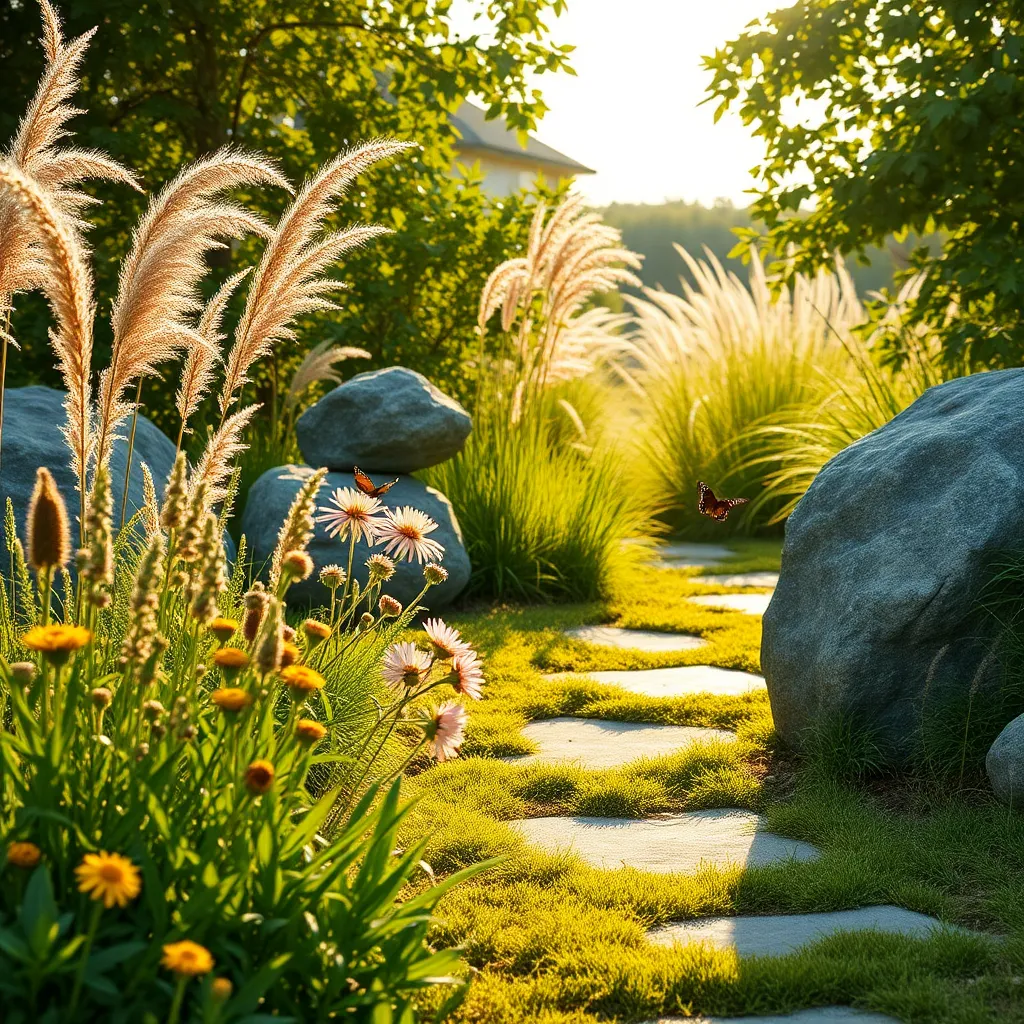
To create a low-maintenance garden, consider incorporating native flora that naturally thrives in your region. Native plants are well-adapted to local climates and soil types, requiring less water and fewer resources to flourish.
Start by researching plants that are indigenous to your area, as these will be the easiest to maintain. Visit local nurseries or use online databases to identify species that are both beautiful and hardy.
When planting, pay attention to the specific soil preferences of each native plant. Some may thrive in sandy soils, while others prefer loamy or clay conditions, so it’s crucial to match the plant to the appropriate soil type for optimal growth.
Watering needs for native plants are typically lower, as they are accustomed to the natural rainfall of the area. However, in the initial stages of establishment, make sure to water deeply but infrequently to encourage deep root growth.
For those looking to go beyond the basics, consider using a mix of native perennials and ornamental grasses to create a dynamic and sustainable landscape. This approach not only reduces maintenance but also enhances biodiversity and supports local wildlife.
Utilize Low-Maintenance Ground Covers
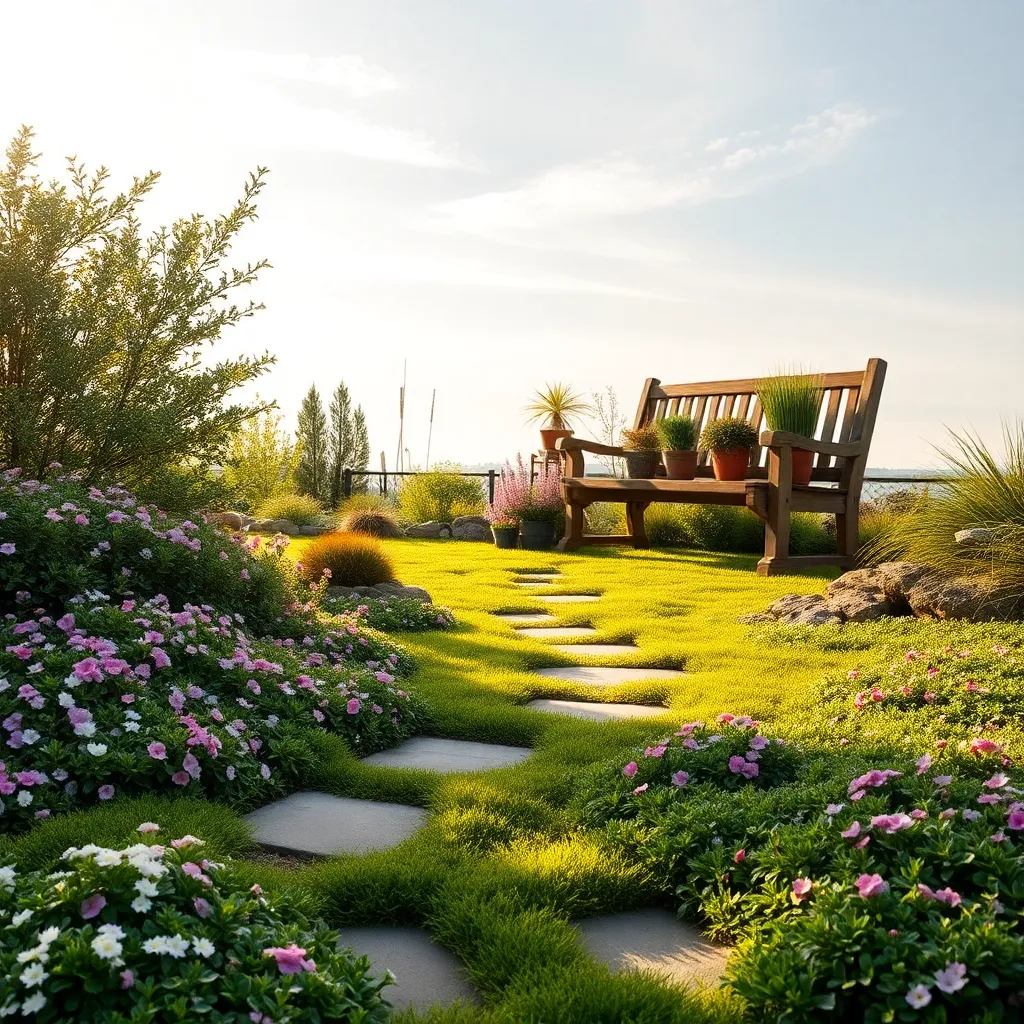
Ground covers are an excellent choice for gardeners looking to reduce maintenance while enhancing the aesthetic of their gardens. By selecting the right species, you can effectively suppress weeds, retain soil moisture, and bring vibrant colors to your landscape.
Consider using creeping thyme in sunny areas, as it thrives in well-drained soil and requires minimal watering once established. This aromatic plant not only provides a lush green carpet but also releases a delightful fragrance when walked upon.
For shadier spots, sweet woodruff is a fantastic choice, offering both beauty and functionality. It grows well in moist, well-drained soil and can help deter weeds with its dense, mat-like growth.
Advanced gardeners might explore using sedum varieties, which are ideal for rocky or poor soil conditions and need very little water. These succulents come in a range of colors and textures, adding dynamic interest to your garden bed.
Conclusion: Growing Success with These Plants
As we wrap up our exploration of creating a low-maintenance garden, let’s revisit the five key relationship concepts we’ve covered: selecting the right plants that suit your lifestyle, understanding the importance of soil preparation, implementing efficient watering techniques, utilizing mulch for weed control, and fostering a space that requires minimal yet meaningful attention. These elements not only simplify garden care but also mirror the principles of nurturing a flourishing relationship—choosing wisely, laying a solid foundation, maintaining balance, setting boundaries, and investing in quality time.
Now, take a moment to identify one area in your garden or relationship that could benefit from a low-maintenance approach and implement a small change today. This could mean choosing one hardy plant to add to your garden or scheduling a regular five-minute check-in with your partner.
To ensure these insights remain at your fingertips, bookmark this article as a handy reference. As you cultivate both your garden and relationships, remember that success lies in consistent, mindful action. By embracing simplicity and intention, you’re setting the stage for a thriving future. Your journey to a balanced and rewarding relationship starts now—cherish it, nurture it, and watch it grow.

